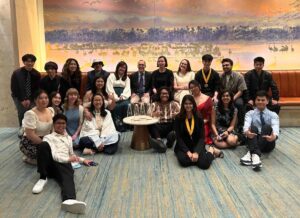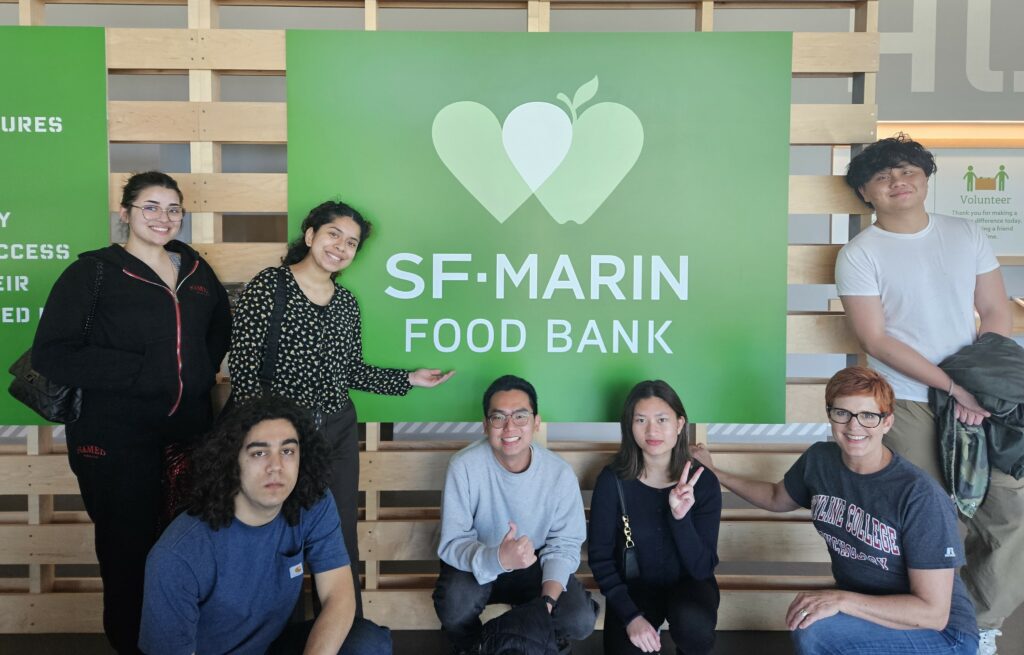 Positions of Influence and Consequence
Positions of Influence and Consequence
The Fall 2016 Opening Day celebration underscored our collective commitment to support our students through the entire life of their higher educational journey – from enrollment to completion.
Hearkening back to remarks made by Sonia Nazario, the keynote speaker at the District Opening Day, President Regina Stanback Stroud reiterated that each of us holds the opportunity to have a greater understanding of the journey so many of our students have taken just to arrive at Skyline College. But even more than that, we have the opportunity to realize just how much students contribute to our own development, understanding and enrichment.
It’s this comprehensive and developed consciousness, Dr. Stanback Stroud emphasized, that underpins our positions of influence and consequence – positions that allow us to make lives better with simple, concrete actions. These actions, from the stroke of a pen to the sending of an email, should be taken at every opportunity, and at every level, as part of our commitment to all our students.
The Skyline College Promise
This commitment is highlighted more than ever in the recent launch of the Skyline College promise – the college’s commitment to empower students to “Get In. Get Through. And Get Out…on time!”
This year’s keynote speaker was well suited to addressing the primary tenets of the promise. Dr. Thomas Bailey, Director of the Community College Resource Center, spoke about the common challenges that confront community colleges across the nation – namely ensuring our colleges are designed to address the reality of how students progress through school, and not simply the ideal pathway.
“This is the problem that confronts us,” said Bailey, “We’ve set up college in one particular way, but most students are not experiencing that.” And often the reforms aimed at addressing these issues are not effective.
Bailey outlined some major problems, including well-intentioned informs that are either not scaled or are too narrowly focused, and colleges that are structured to promote enrollment and not necessarily completion – institutions he labeled “Cafeteria Colleges.”
Bailey suggested the Guided Pathways Model as an alternative, outlining four main tenets to the plan:
- Clear roadmaps to career goals
- Intake process redesigned as an on-ramp into a program of study
- Keeping students on track to graduation
- Learning outcomes and assessments design across programs
“[This is about] helping them choose what they want to do, helping them decide what their goals are, and helping them make a coherent plan,” said Bailey.
Every part of the Guided Pathways Model, in conjunction with the Skyline College Promise, underscores the importance of acknowledging that we can’t simply enroll students and hope they reach their goals, we must be resources throughout their educational journey, creating pathways that lead to meaningful results and learning from each other every step of the way.
This work continues to drive all of us forward as we move into a new academic year.
Article by Connor Fitzpatrick






